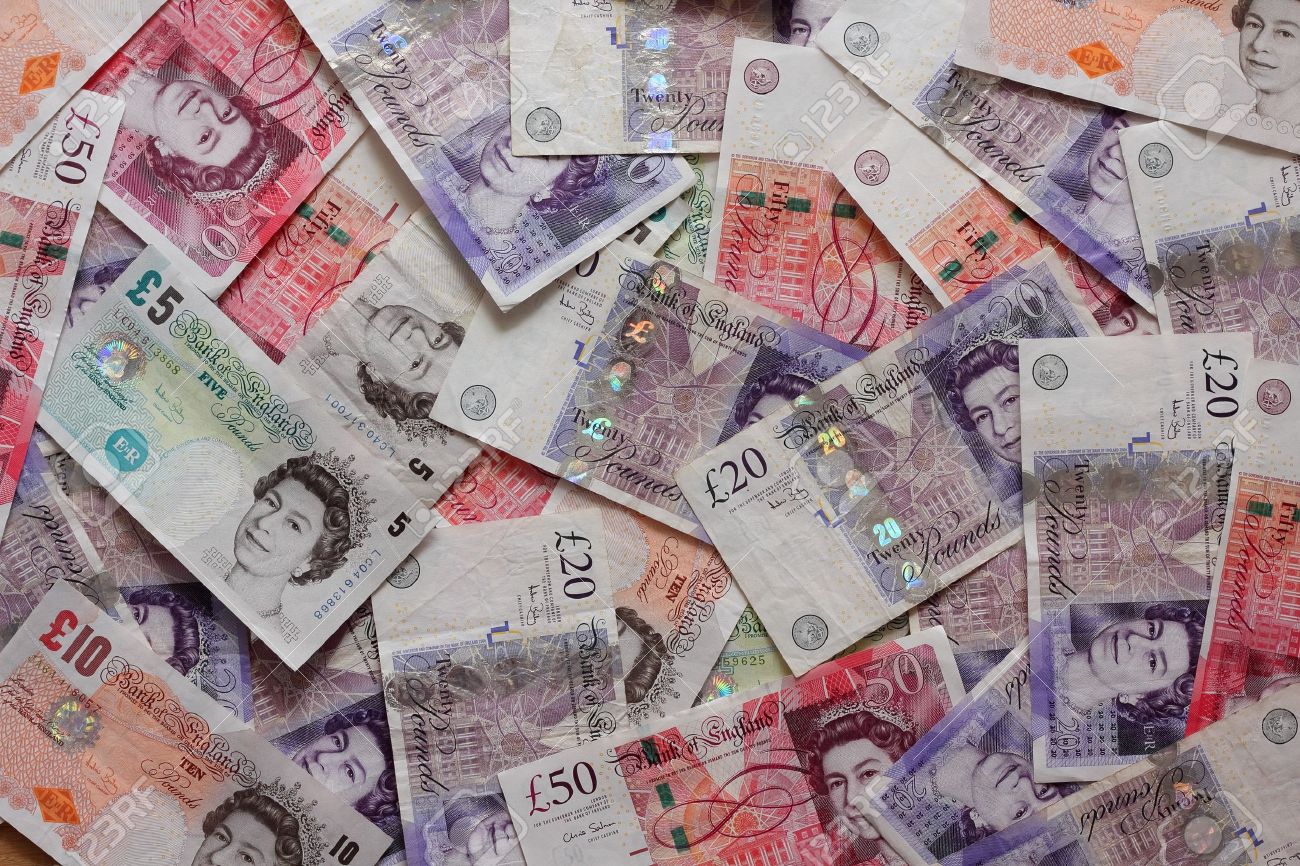Sterling heads for best run of gains vs euro since early 2015 – 25 Nov, 2016

Sterling slipped against the euro on Friday but was still on track for its longest run of weekly gains since early 2015, with investors switching their focus from the political risks facing Britain towards those facing the euro zone.
Data confirming that Britain’s economy grew 0.5 percent in the third quarter, as anticipated, and that business investment expanded more than expected, had little impact on the currency.
Though the pound was down half a percent against the single currency on Friday at 85.23 pence per euro, it was on course for a fourth straight week of gains and was heading for its best month in eight years with just over three trading days of November left, after a 5 percent rise.
Some analysts said the euro – which this week hit 20-month lows against the dollar – had been given some support on Friday by speculation that the European Central Bank will delay any extension in its asset-purchase programme until January.
Sterling is still almost 10 percent weaker against the euro compared with before Britain’s vote to exit the European Union, but it has climbed 5 percent since the start of November, as the euro has weakened on uncertainty over an Italian constitutional referendum in just over a week’s time and over French and German elections next year.
Against the dollar, sterling is still down 16 percent since the Brexit vote, though it was 0.1 percent up at $1.2455 on Friday. Analysts are split over the broader outlook for sterling heading into early 2017, when Article 50 is due to be triggered, kicking off formal Brexit talks with Brussels.
“There seems to be a call for a near-term rally in sterling; we don’t really see that,” said ING currency strategist Viraj Patel. “What we’re looking for is another layer of bad news and we suspect we may get it in the first quarter of next year.
“For Cable (sterling/dollar) you’ve got a double-whammy of higher U.S. yields plus the triggering of Article 50 – that brings about another layer of uncertainty,” Patel added.
The U.S. Federal Reserve is widely expected to raise interest rates at its policy meeting next month and then to continue increasing them steadily over the course of next year, which should strengthen the dollar against most currencies.
The Bank of England, by contrast, cut UK interest rates to a record low of 0.1 percent in the aftermath of Brexit and is expected to keep them there for all of 2017.
Earlier in the week, sterling got a small boost from the government’s Autumn Statement on the budget that, while revising down growth forecasts, was more upbeat and growth-supportive than some had expected.
Source: Reuters
